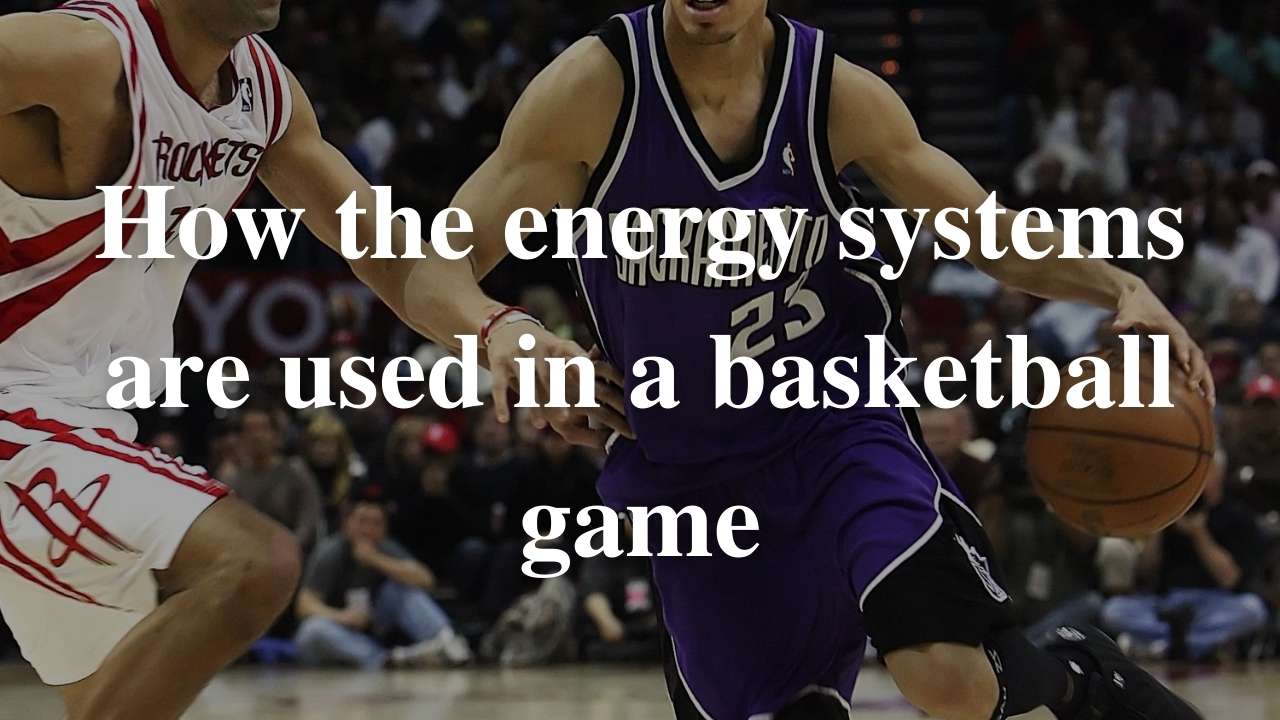This sample answer for “Compare the two anaerobic energy systems” is for question 27 from the 2014 HSC PDHPE exam. “Compare the two anaerobic energy systems” is worth 5 marks. The marking criteria for compare the two anaerobic energy systems provides a list of things to me included in the answer, but no sample answer. So below I have compiled a sample answer for compare the two anaerobic energy systems.
There are two anaerobic energy systems: the ATP/PC or alactacid system and the lactic acid energy system. Both of these systems function without oxygen.
The alactacid energy system uses ATP and PC stores in the muscle as its fuel source, while the lactic acid system uses glycogen that is broken down through anaerobic glycolysis. Anaerobic glycolysis results in pyruvic acid, including the production of hydrogen ions which cause pain and fatigue. Conversely the alactacid system produces heat and no other by-product and is fatigued due to a lack of fuel supply.
Both the alactacid and lactic acid systems produce ATP at a fast rate, but do not last a log time. The alactacid system is the shortest lasting around 10 seconds, while the lactic acid system can last up to 3 minutes depending on the intensity. Both energy systems recover quickly. The alactacid system takes around 2 minutes, however the lactic acid system can take 30-60 minutes to fully recover.
Both anaerobic energy systems are used for high intensity performance. The ATP/PC system is perfect for a 100m sprint, while the lactic acid system is better suited for 400m or repeated high intensity intervals, such as those used in repeated tackles in rugby league.
This answer is not perfect, and may be slightly long, but it is an example answer for “Compare the two anaerobic energy systems”. As you read sample answers you should look at the structure of the answer, of the paragraph and the use of examples.
This sample answer for “Compare the two anaerobic energy systems” specifically used comparative language such as “while”, “conversely”, “both”, “however”. This answer also notes similarities and differences between the two anaerobic energy systems (each with its own paragraph), and examples of sports or events that would use the two systems.






